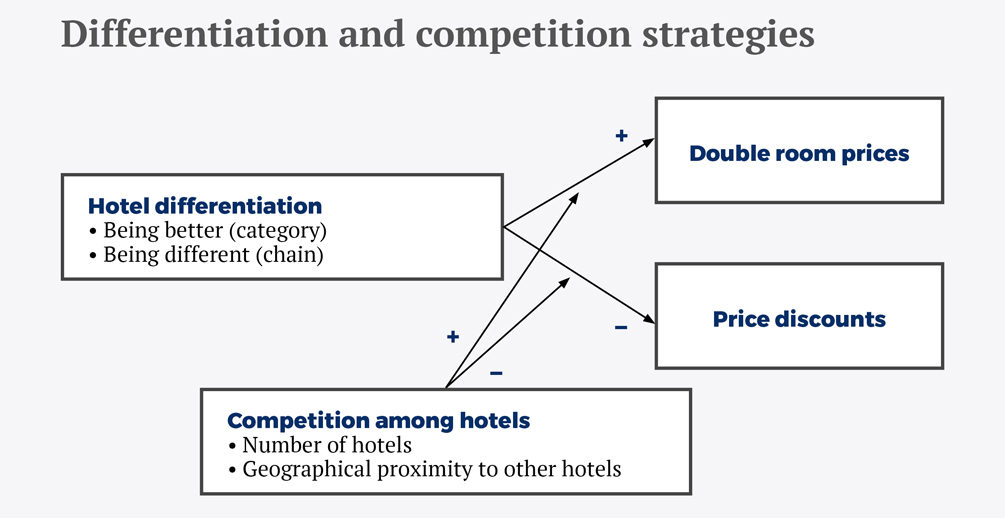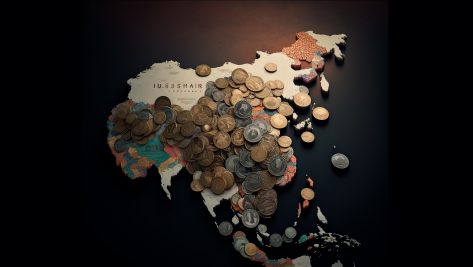Differentiation strategies help companies raise their prices and increase their profit margins. Many people assume that being differentiated is one of the best strategic weapons in the fight against the competition, but research has not provided much evidence to support this claim. Most studies have focused on determining whether it is more profitable for a company to follow a differentiation strategy or a cost leadership strategy, but little is known about which strategies are the most effective against strong competition.
This effort to differentiate leads to higher prices because customers become more loyal and have lower price sensitivity, thus isolating the company from competitive pressure.
Differentiation strategies
The differentiation strategy concept was popularized in the 1980s by Michael E. Porter, whose book Competitive Strategy described the three generic strategies that companies use to achieve a good position in their sector: cost leadership, differentiation, and focus. In Porter’s view, a company is following a differentiation strategy when it creates something perceived by the market as unique. This effort to differentiate leads to higher prices because customers become more loyal and have lower price sensitivity, thus isolating the company from competitive pressure.
Although the benefits of differentiation have been amply demonstrated, little research has been done on the results of different types of differentiation strategies. Logically, these strategies come in various forms, and companies have a wide range of options to choose from.
Economists have identified two main types of differentiation: vertical and horizontal. Vertical differentiation is achieved when a company is the best at the dimension most valued by all consumers; a vertically differentiated company is one that offers the best quality or the best service. Meanwhile, horizontal differentiation is achieved when a company offers a product or service with unique attributes that satisfy a particular customer segment; a horizontally differentiated company is one that has convinced a certain a segment of customers to be faithful to its brand.
Hotels, for example, can be differentiated according to many different attributes: location, service, quality, brand, design, facilities, etc. In fact, any attribute that is important to a particular customer segment is a potential source of differentiation. Some characteristics are important to all customers, and everyone will have similar preferences: in the hotel industry, the number of stars is the clearest example. However, there are other characteristics on which customer preferences vary. Some hotels choose to compete under a chain brand, while others compete independently. Customers may prefer a chain hotel because they are familiar with the brand, because of its image, or because they believe that the brand’s offer is best suited to their needs. Both strategies give rise to higher prices and fewer discounts, but the vertical differentiation strategy (more stars) is the one associated with the highest prices.

Effectiveness of differentiation strategies under strong competition
When competitive pressure increases, companies are forced to lower their prices. This is when a differentiation strategy can be most effective. When competition intensifies, a differentiated company needn’t resort to reducing prices; it has loyal customers who are not very price-sensitive. Indeed, differentiated companies avoid offering discounts because doing so can destroy their brand image.
The results of our study show that vertical differentiation is the most effective strategy when competition intensifies—that is, when the number of competitors increases. Higher-category hotels are able to set higher prices in areas with greater competition.
To sum up, both strategies—being better (vertical differentiation) and being different (horizontal differentiation)—can allow a company to raise its prices and escape competitive pressure, but our results show that being better is the most effective strategy. However, it’s important to remember that vertical differentiation can trigger a race to be the best, which only a few companies can win.
About the study
The hypotheses expressed in this article—on how vertical and horizontal differentiation affect hotel prices and discounts and how competitive rivalry moderates these effects—are based on a sample of 1,490 hotels in 67 locations throughout Spain. The variables studied include category (number of stars), hotel chain (whether the hotel belongs to a chain such as NH, Barceló, Sol Meliá, etc.), and local competition (number of hotels and geographical proximity to hotels in the same city). The study introduces control variables—including size, age, and location near the beach, in the mountains, or at a special destination—that can influence a hotel’s decision to set higher prices. In addition, the study controlled for location to account for differences in the attractiveness of each locale.
© IE Insights.











